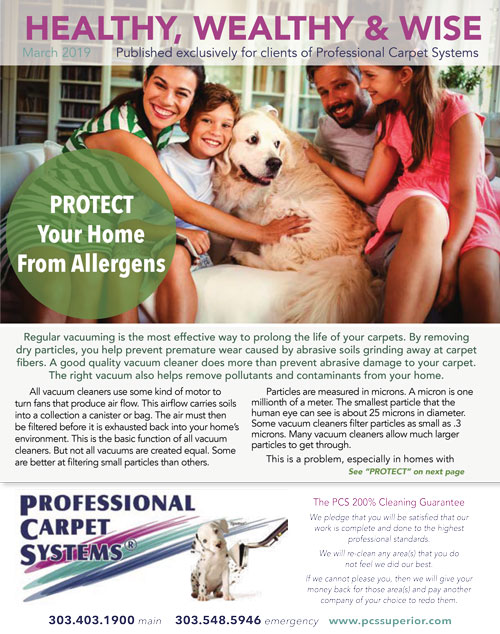Here’s our November 2019 Client Newsletter.
Thankful for a HEALTHY Home
Whether you are a new customer of Professional Carpet Systems, or have been a client for years, we’d like to take this time to thank you for your business. We know we are not the only game in town when it comes to keeping your home clean and beautiful. To show our appreciation, we’d like to offer you a few quick tips to have a cleaner, healthier home and save you a few bucks too.
A United States Environmental Protection Agency (EPA) study revealed that carpet actually helps to clean out air in our homes and offices. The carpet acts as a filter, trapping soils, gasses and pollutants such as pet and human dander, pollen, and even air pollution. This is great news since nearly every home in America has wall to wall carpet installed in one or more areas. There are several things that you can do to keep your carpet looking cleaner and help it last longer.
Keep soils out by using walk off mats at entrances and keeping outdoor walkways, stairs and porches clean. Use doormats at all entrances. Don’t wear street shoes in the house. Avoid going barefoot because body oils get on the carpet and attract dirt. Vacuum often, at least once a week. You should vacuum more often if there are pets or small children in the home, or if anyone suffers from asthma.
Promptly attend to any spots or spills. First, blot or scrape up as much of the spill as you can before it dries into the fibers. Then apply a mild spotting agent to the carpet and gently agitate it into the spot with the back of a spoon. Blot with a white towel to absorb the spot and the cleaner. Put a little clear water on the area, agitate again and then blot as dry as possible. If this process doesn’t work, call us.
In addition to controlling soils, vacuuming often and being attentive to spots and spills, you should include professional cleaning followed by application of a fiber protective treatment. Periodic professional cleaning is a major part of an effective carpet and air quality maintenance routine, eliminating the contaminants that build up over time. Of course, every household has its own unique combination of factors such as environment, number of occupants, children, pets, and smoking or non-smoking, etc.
Deep cleaning of your carpets assures your carpets are brought back to a fresh, healthy condition. This is good for your health as well as your wallet.
How so? Clean carpet has the ability to trap and hold airborne contaminants out of the breathing zone. In fact, studies have demonstrated that it takes ten times more wind force to dislodge the dry particulate soils that can trigger allergic reactions from carpet than from hard floor surfaces. That’s because carpet traps and holds contaminants until they are removed by vacuuming and cleaning.
Carpets that are regularly maintained will last much longer because it is the dry, gritty particulate soil and old oxidized stains that cause the permanent damage that makes old carpets look dull and dirty.
Regardless of how neat and tidy you are, there comes a time when you need professional carpet cleaning.
Call Professional Carpet Systems to schedule your next cleaning. You and your family will breathe easier; your carpets will look better and last longer, and your home will remain healthier.

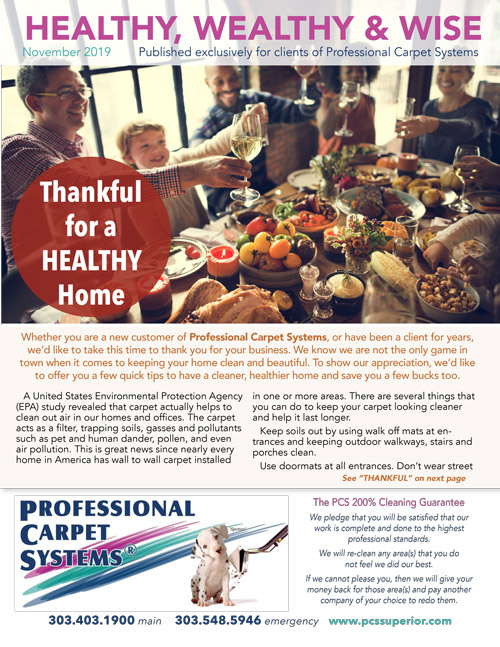 See the full newsletter
See the full newsletter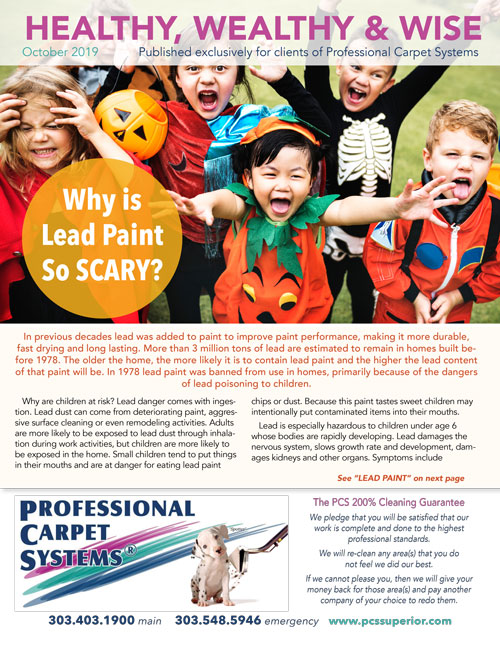 Click to see the full newsletter
Click to see the full newsletter
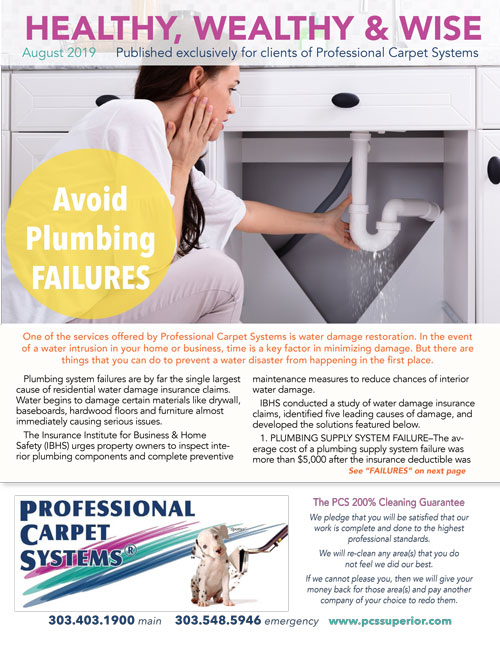

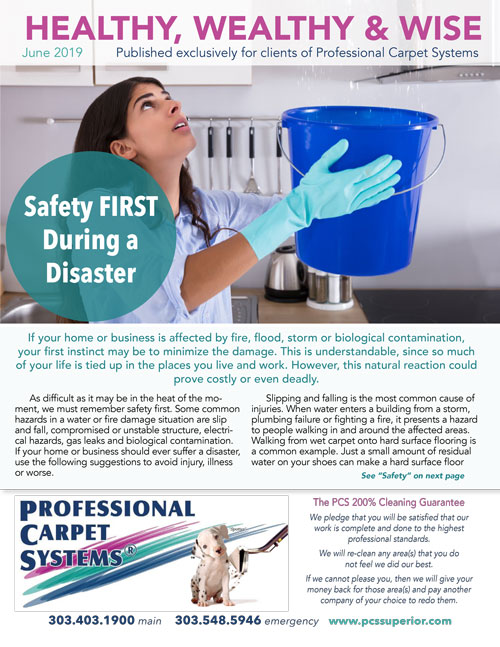
 Click here to download the full newsletter
Click here to download the full newsletter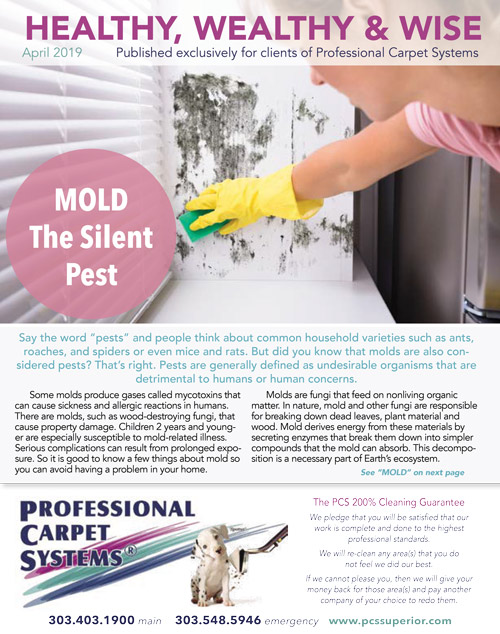 Click to see the full newsletter
Click to see the full newsletter